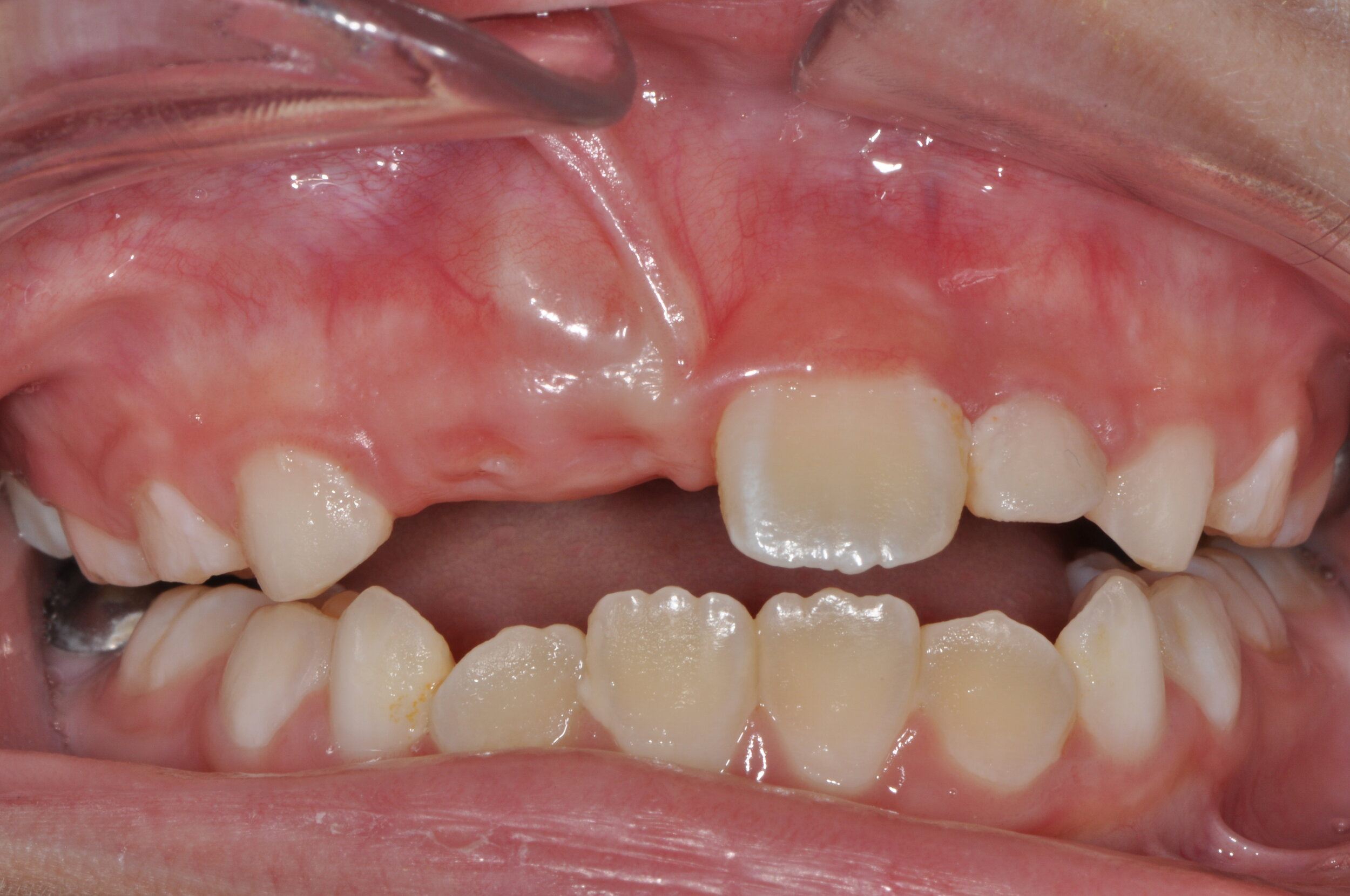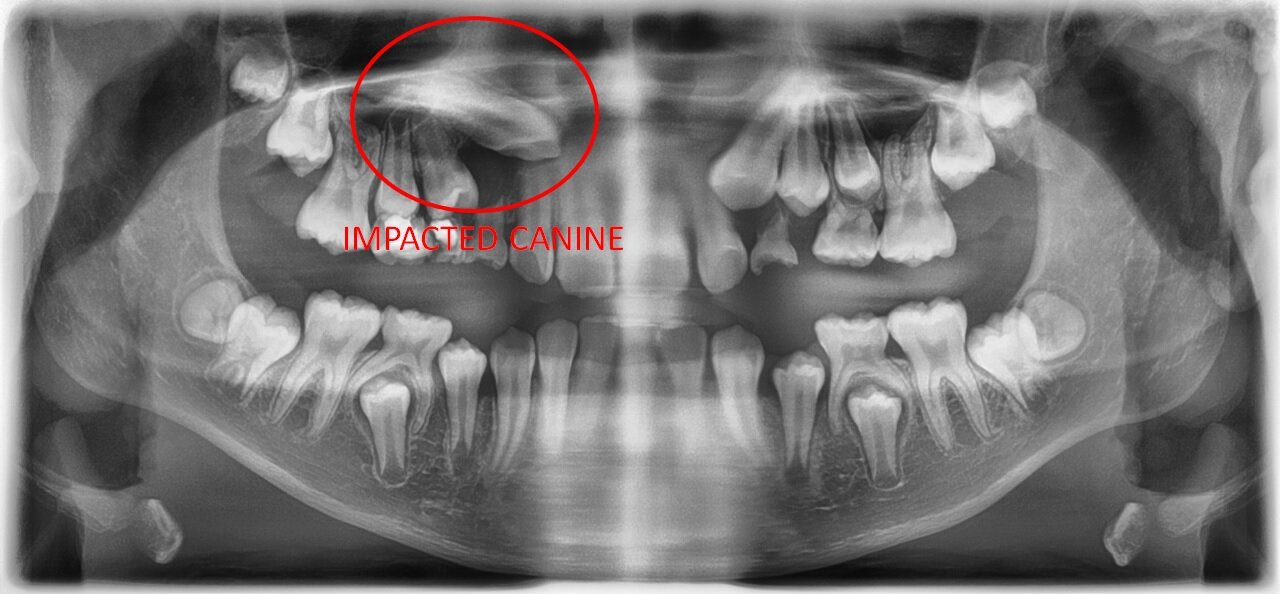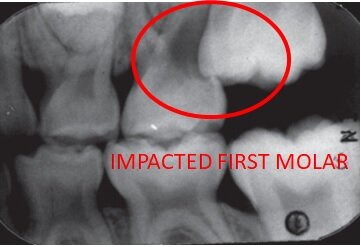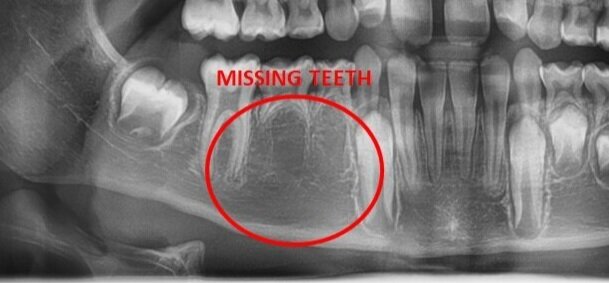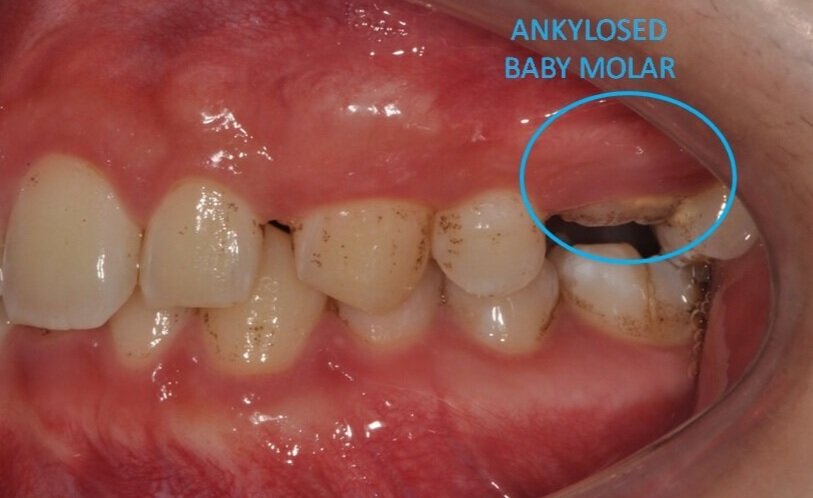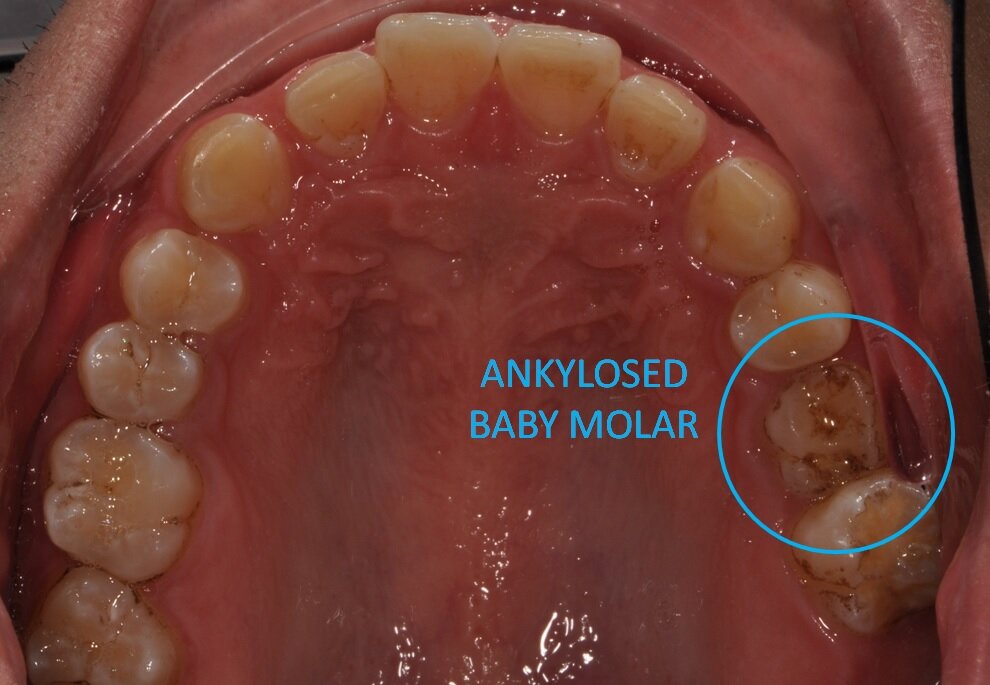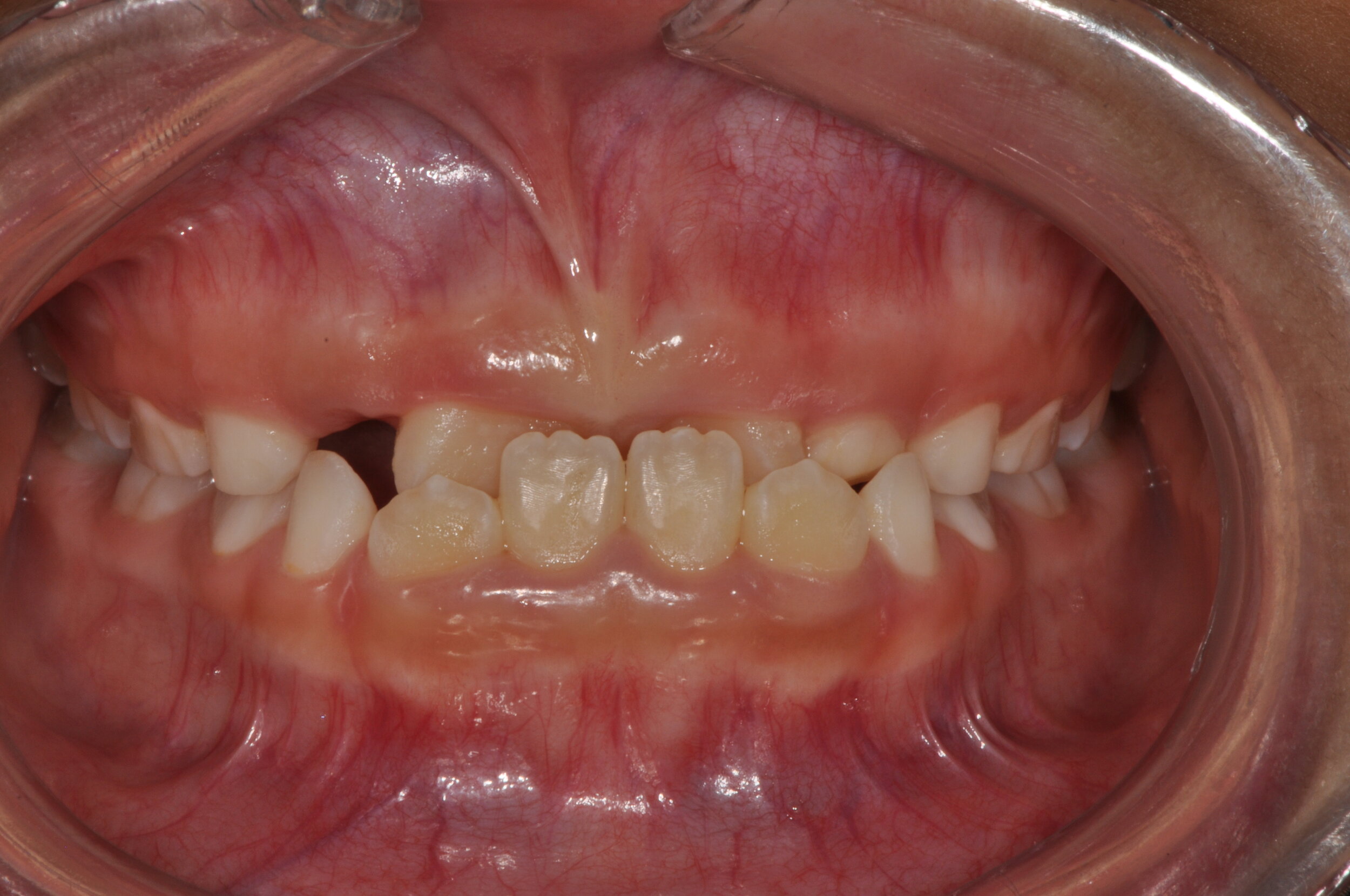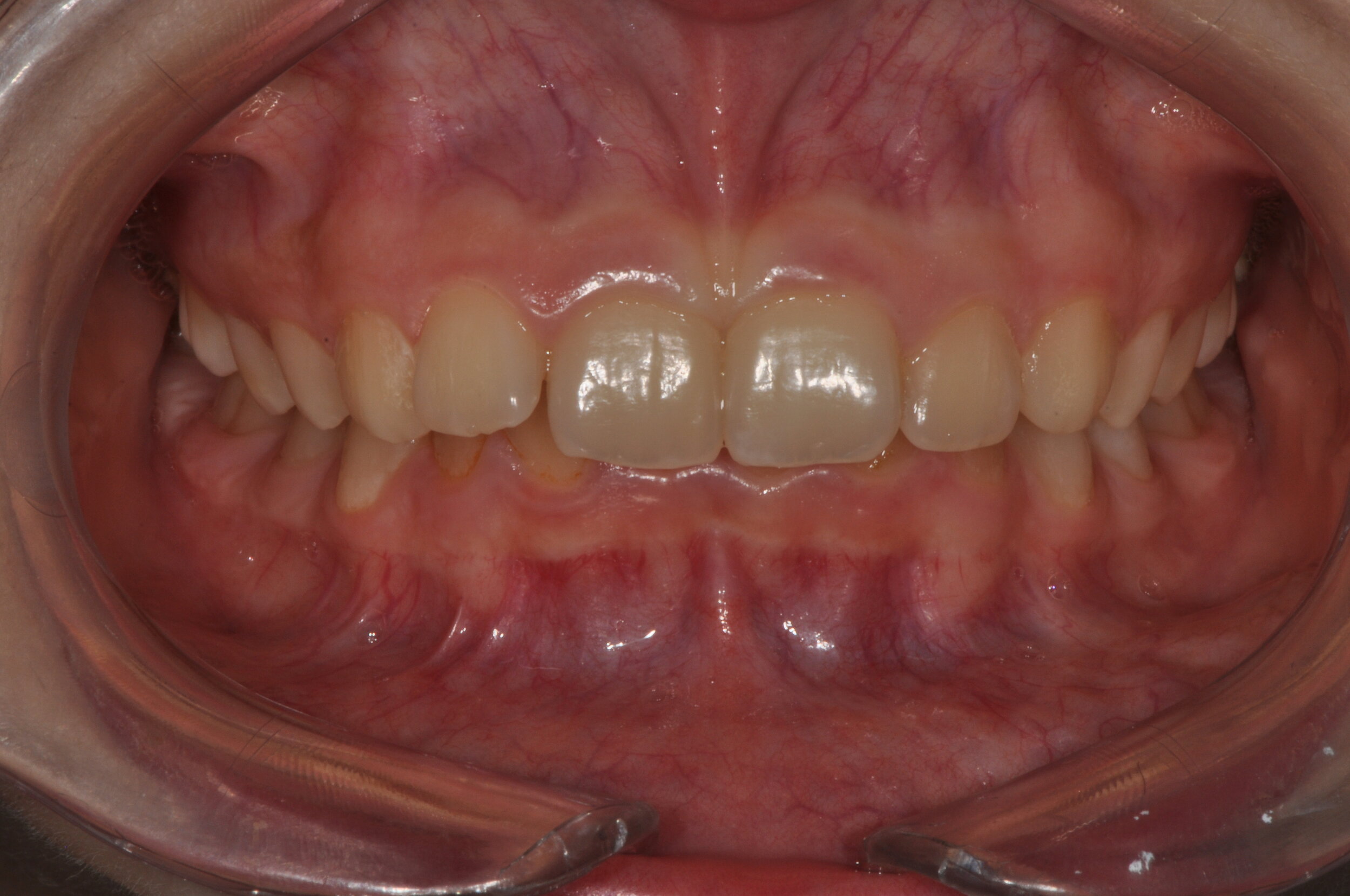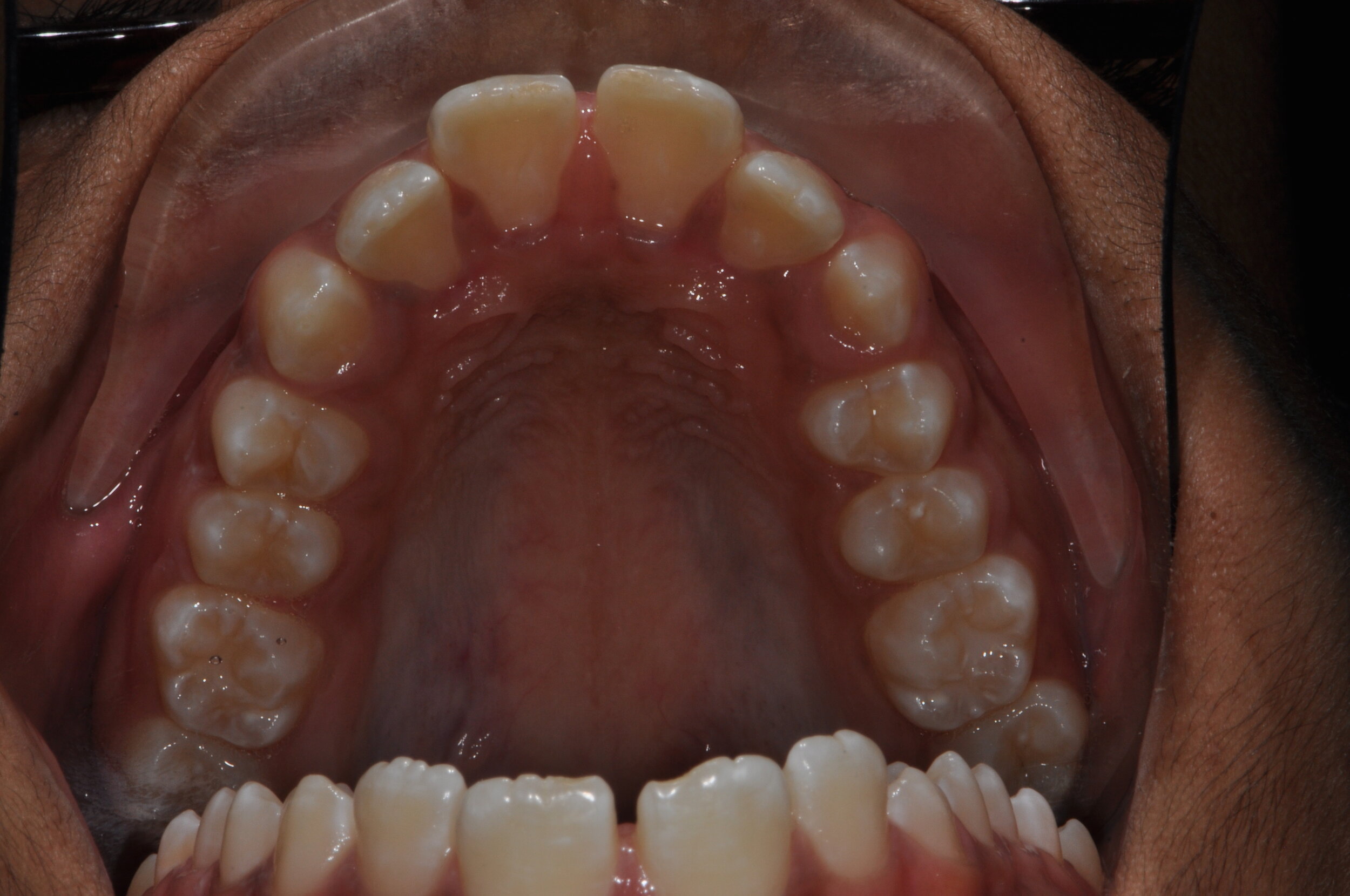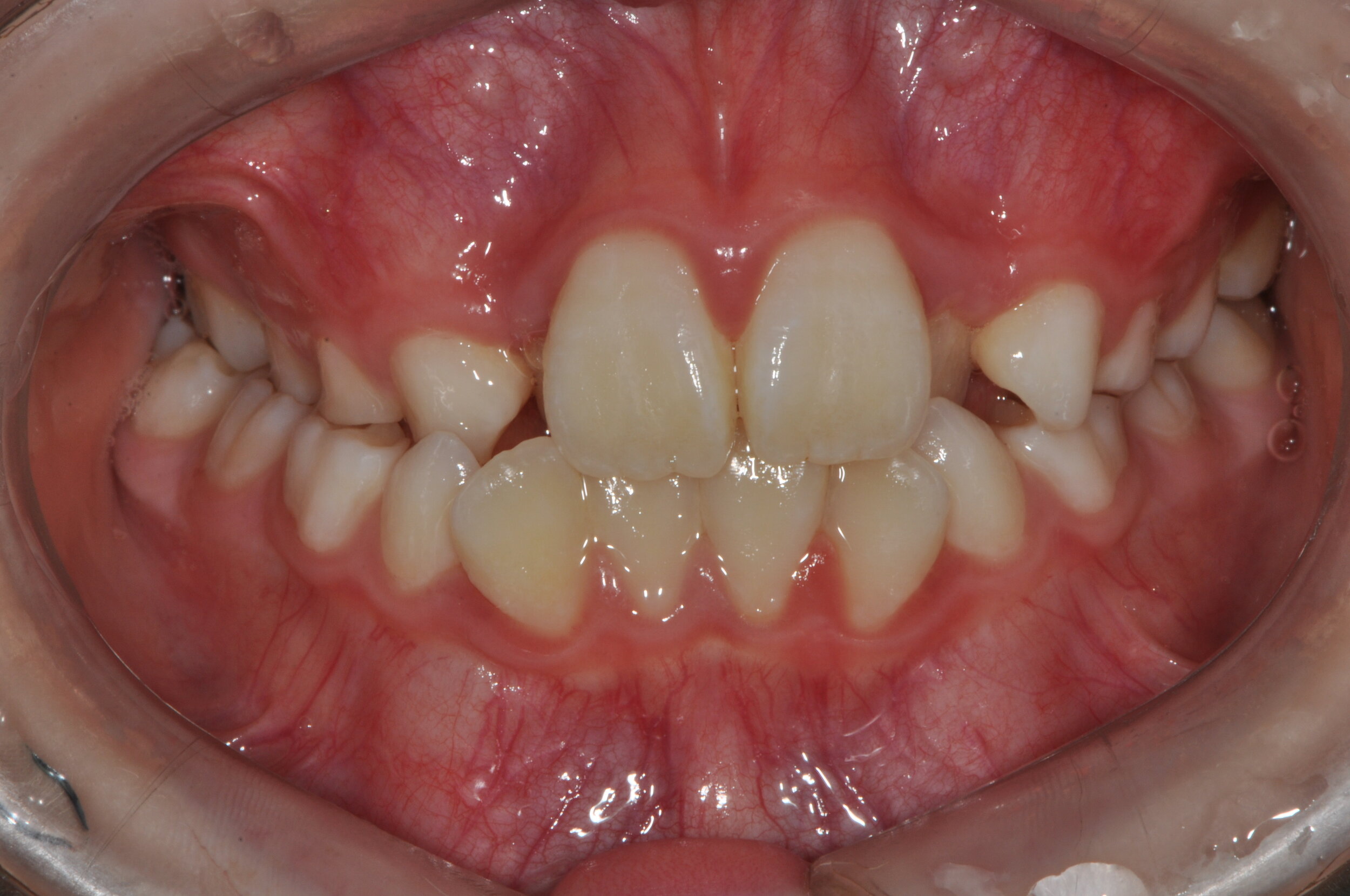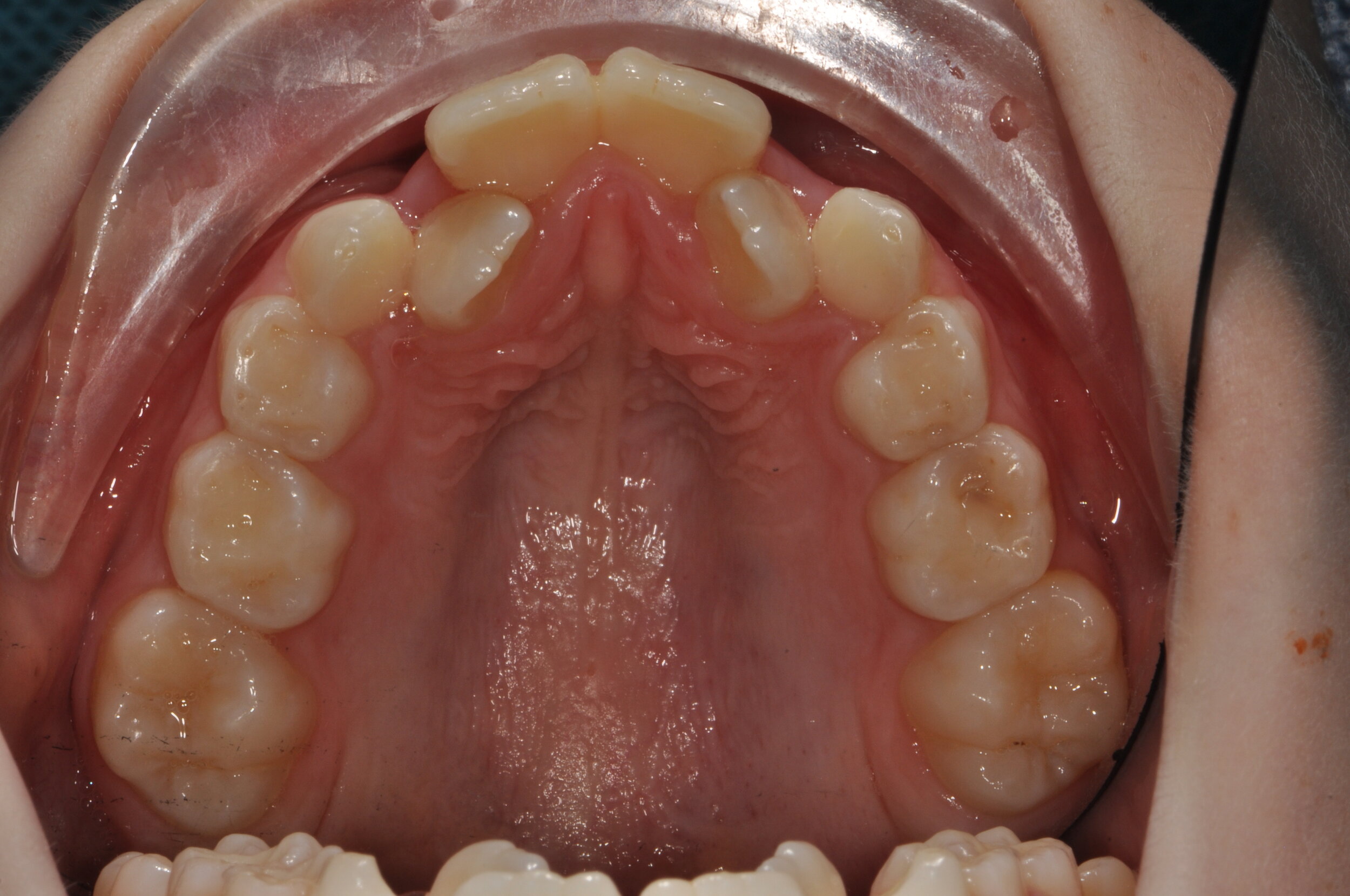When is the Best Time for my Child to start Braces Treatment?
ABC Dental Education | By Dr Stanley Kok
Even though most people think of pre-teens and teens when they think of orthodontics, there are good reasons your child should get an orthodontic evaluation much sooner. The American Association of Orthodontists recommends a check-up with an orthodontic specialist no later than age 7.
Starting the process early doesn't mean a child will get braces right away. It just means the orthodontist will be able to detect any problems and decide the best time for your child to start braces treatment.
Orthodontists can spot subtle problems with jaw growth and emerging teeth. While your child’s teeth may appear to be straight, there could be a problem that only an orthodontist can detect. The check-up may reveal that your child’s bite is good, or the orthodontist may identify a developing problem. He may recommend monitoring the child’s growth and development, and if indicated, begin treatment at the appropriate time. In other cases, the orthodontist might find a problem that can benefit from early braces treatment.
In the list below, I shall briefly describe some of the commonly seen features of children requiring early orthodontic intervention or monitoring.
